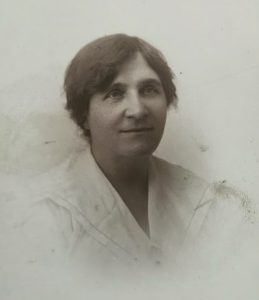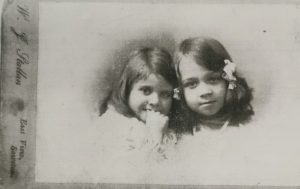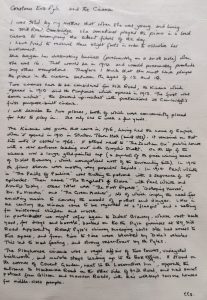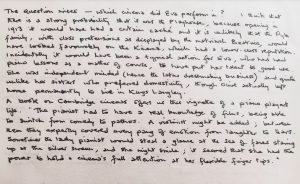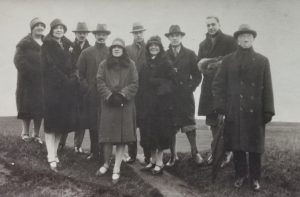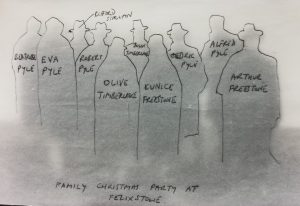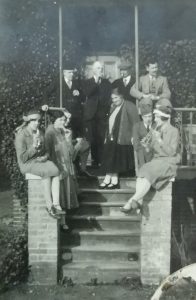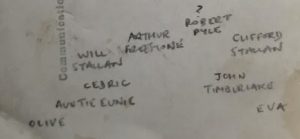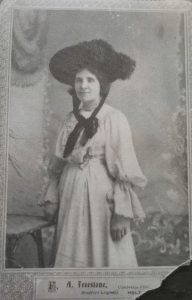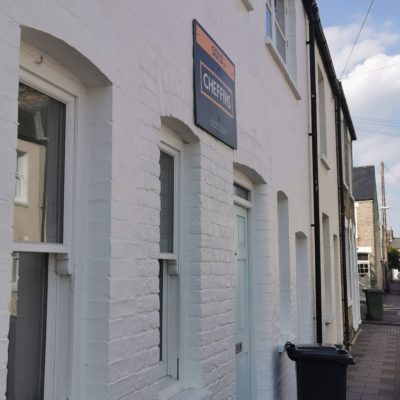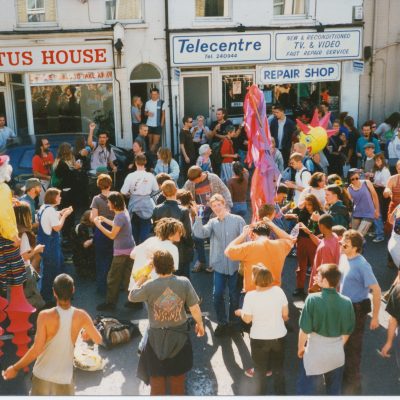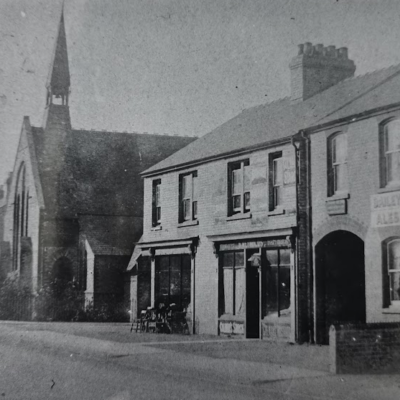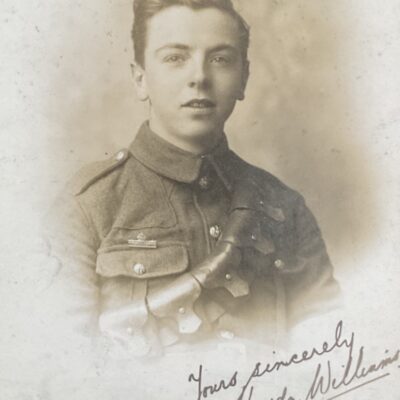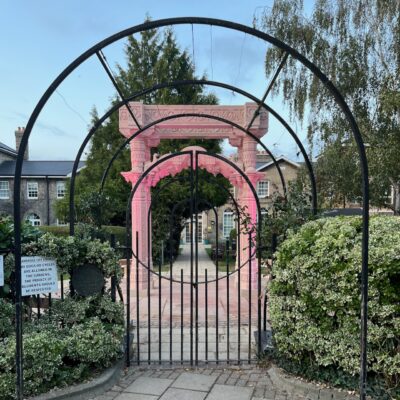Search by topic
- archaeology
- Building of Local Interest
- chapel
- charity
- church
- crime
- dressmaker
- fire
- Great Eastern Railway
- Listed building
- Mapping Relief
- medieval
- oral history
- poverty
- Public House
- Religious House
- Roman
- scholar
- school
- Then and Now
- tudor
- women
- work
- world war one
- world war two
Search by text
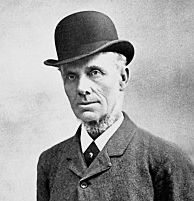 Robert Carpenter c 1895
Robert Carpenter c 189589 (47) (45) Mill Road
History of 89 Mill Road
In 1882 Sturton Town Hall was built behind numbers 45 and 46. Later the ground floors of 87 and 89 were combined and became the Kinema Café and then City Bargains.
Read more about Sturton Town Hall and the Kinema.
Census
1851 unnumbered
Robert Carpenter, 20, bootmaker
1861 (45)
Robert Carpenter, 29, cricketer
1871 (45)
Robert Carpenter, 40, cricketer, b Cambridge
1881 (45)
Robert Carpenter, 50, professional cricketer, b Cambridge
1891 (47)
Robert Carpenter, 60, professional cricketer, b Cambridge
1901
Robert Carpenter, 70, cricket umpire, b Cambridge
[Robert Carpenter died in 1901]
1911
Robert Pyle, 41, chimney sweep, b Cambridge
Beatrice, 38, b Sawston
Constance Eva, 12, b Sawston
Dorothy B, 11, b Cambridge
Olive A, 10, b Cambridge
Winifred M, 9, b Cambridge
Cedric Robert, 5, b Cambridge
Louis Alfred, 3, b Cambridge
In 1901 the Pyle family were living at 93 Mill Road.
This letter seems to have been sent to 88 Mill Road by error. It is thanking Miss Pyle, probably Constance, for her help during the flu epidemic in 1918.
In 1921 the Pyle family are living at 79 Mill Road.
In 1926 Constance is working as a dressmaker at 73 Mill Road.
In 1928 Olive became Mrs Timberlake
In 1930 Beatrice is a maker of gowns, coats and furs at 79a Mill Road
In 1933 Constance Eva married Claude Tongue and in 1935 were living at 30 Lyndewode Road.
In 1939 Beatrice is living at 28 Richmond Road.
Christopher Tongue’s family history continues [previous part]: In her teens Eva remained at home, helping with the social activities of Emmanuel Congregational Church and sometimes playing the piano to accompany film shows at the Mill Road cinema. As a sideline to her mother’s shop Eva displayed an aptitude for dressmaking which finally blossomed into firm decision to start her own business in 1916. Thereafter for over forty years the making of clothes became the main pre-occupation of her life, despite wars, rationing of materials, scarcity of workpeople or difficulties over work premises. Starting in a small way she soon acquired a group of loyal clients – wives of clergymen, wives of shopkeepers and maiden ladies with an eye to smart apparel; people with fads and pretensions but often with a genuine appreciation of work well done. There was one customer, Mrs Burnie, who ordered new clothes every week!
This was now the 1920s and a period of youthful optimism. Eva’s success encouraged her independent spirit; her weekly forays to London to purchase dress fabrics and haberdashery became an enjoyable routine. In London the buyers and salesmen treated her with deference – it was fun dining out, rushing after trains, leaving some of the boring aspects of making dresses to junior assistants. Many of the clients of this period, as well as her ‘workgirls’, remained her friends for life. She acquired fitting and workrooms above a shop, 35 St Andrew’s Street, opposite Emmanuel College, where she stayed until 1937, close to the bustling activity of central Cambridge. [next part]
1913
R Pyle, chimney sweep
Contribute
Do you have any information about the people or places in this article? If so, then please let us know using the Contact page or by emailing capturingcambridge@
License
This work is licensed under CC BY-NC-SA 4.0







